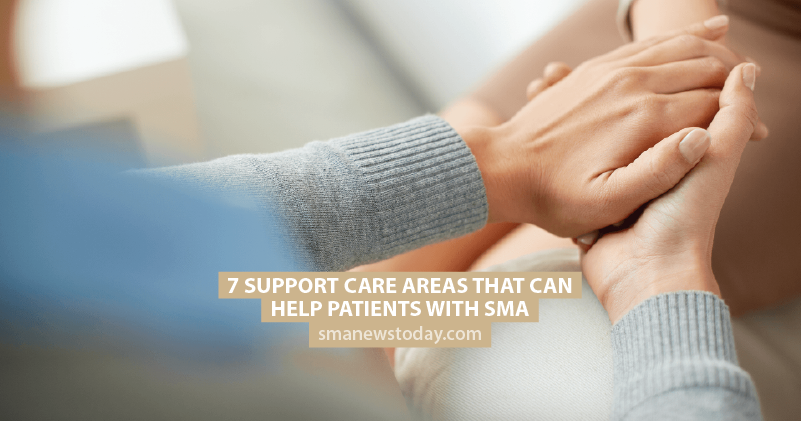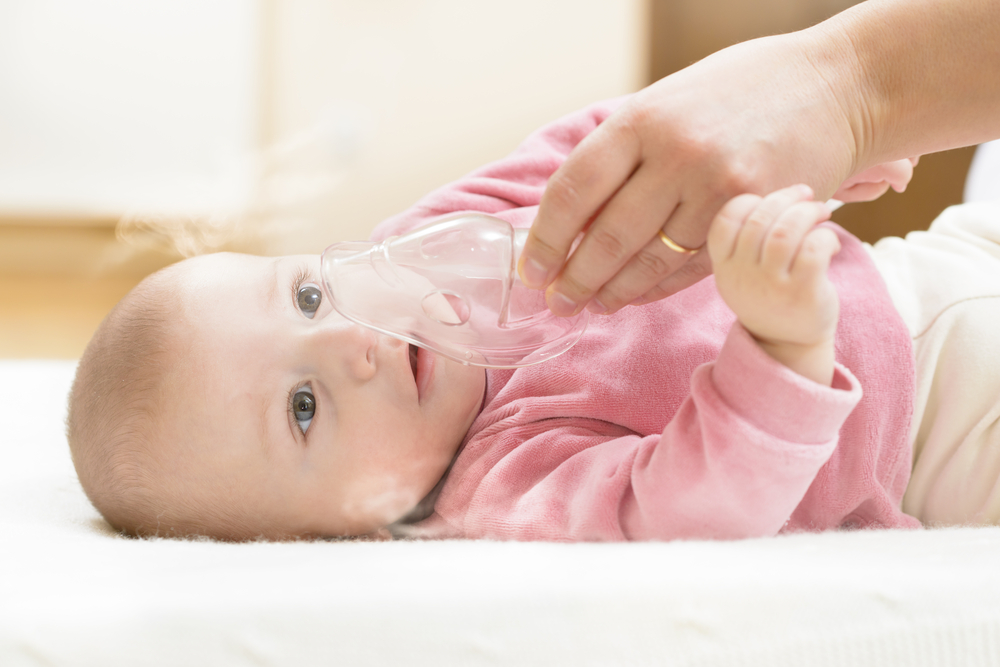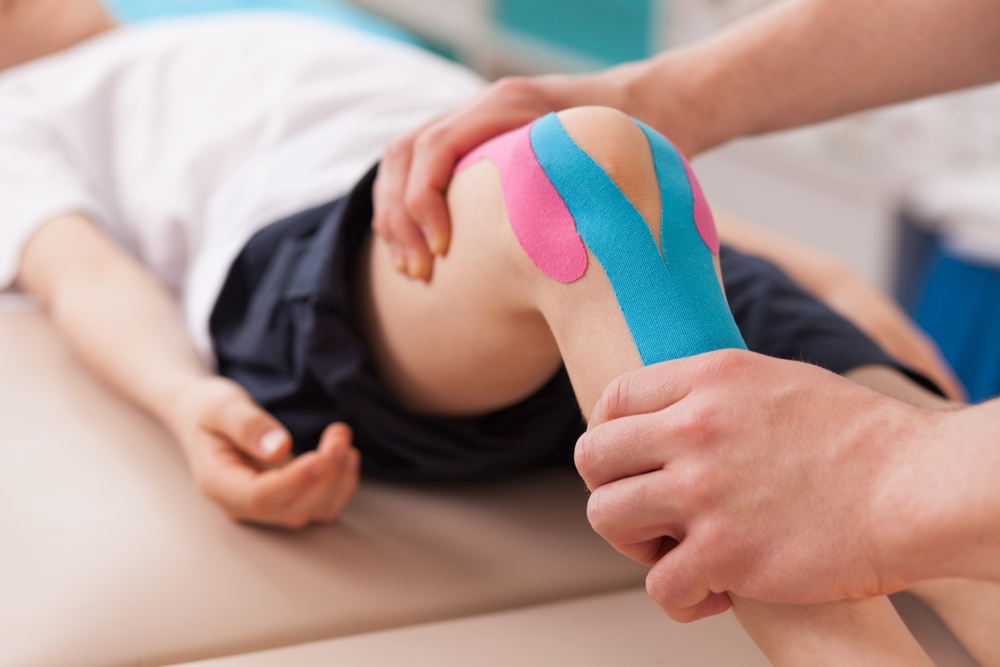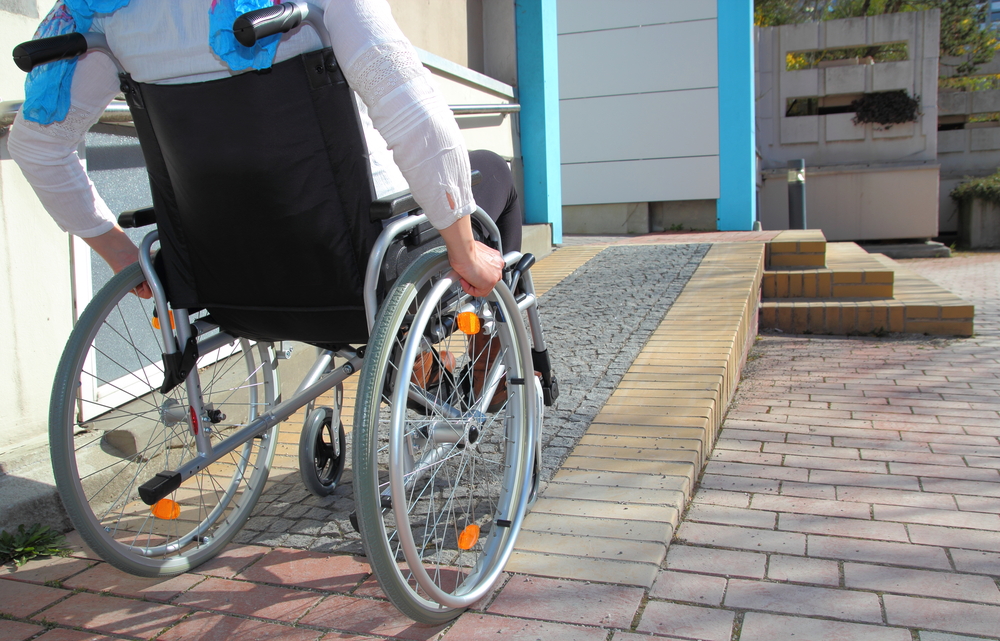7 Support Care Areas That Can Help Patients With SMA
Written by |

Patients with spinal muscular atrophy (SMA) will need support care in various different areas, from healthcare to daily life. To help you prepare, we’ve put together a list of some of the different support care areas you can expect to come into contact with if you or a loved one has SMA (based on information from CureSMA).

Palliative Care
Palliative care simply means looking after the symptoms of the patient and aiming to make them as comfortable as possible. This will depend greatly on the severity of the patient’s SMA and how much they can do for themselves. How much palliative care the patient needs will change over the course of their life.
Find out more about palliative care for SMA here.

Breathing
Many SMA patients, particularly those with type 1 will need assistance breathing. Ventilators may be needed around the clock or just when the patient’s asleep. A pulmonologist will evaluate the patient and advise if or when breathing equipment may be required.
Cough-assist machines may also be needed to help expand the chest and to clear excess mucus.
Breathing difficulties linked to ribcage muscle problems in children with SMA. Read more here.

Orthopaedic
SMA patients may face many orthopedic problems, particularly contractures where movement in the joints becomes severely limited, and scoliosis (curvature of the spine). It is likely that the patient will need to see an orthopedic doctor at some point and will need to have physiotherapy.
Learn about seven ways that physical therapy and rehabilitation can help SMA patients.

Nutrition
A balanced diet is essential for SMA patients and it’s important they get all the nutrients their body needs, which is why a nutritionist may also be part of the healthcare team.
Some SMA patients have problems with chewing and swallowing so may require a feeding tube. Those who can eat unaided often suffer from GI tract problems such as constipation and GERD.
Explaining the use of elemental diets for patients with SMA type 1. Find out more.

Equipment
Depending on the severity of the patient’s SMA, it’s likely that they’ll need specialized equipment. This can range from simple things such as braces and grab bars, to electric wheelchairs, bath chairs, breathing and feeding equipment, and car beds for traveling. Some organizations will loan equipment.
Artist invents cool kid tool for wheelchair painting. Find out more.

School
If your child wants to go to school, it’s likely that the school will need to make some accommodations to ensure he or she is fully included in activities and can get around the school easily and safely. Any modifications will need to be reviewed as your child’s needs change.
Find out about six educational resources offered by the Muscular Dystrophy Association.

Home
It’s likely that your home will also need some modifications to be wheelchair accessible. Bathrooms may also need to be modified to make showering or bathing easier for parents and the child. Grab bars and guard rails may need to be fitted. Some non-profit organizations offer grants to help with the costs of home modifications.
Read our six tips to help you better manage SMA on a daily basis.
SMA News Today is strictly a news and information website about the disease. It does not provide medical advice, diagnosis or treatment. This content is not intended to be a substitute for professional medical advice, diagnosis, or treatment. Always seek the advice of your physician or another qualified health provider with any questions you may have regarding a medical condition. Never disregard professional medical advice or delay in seeking it because of something you have read on this website.






